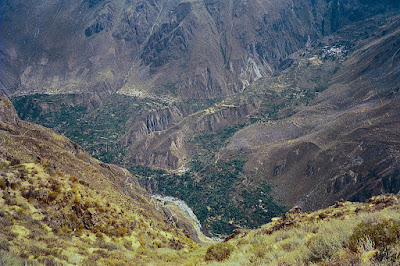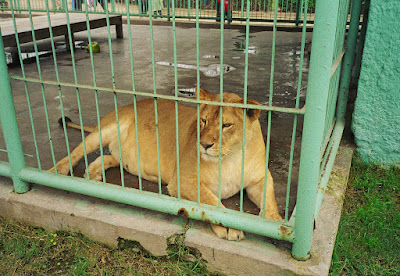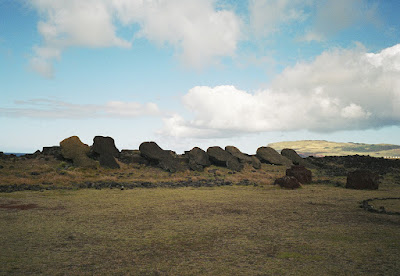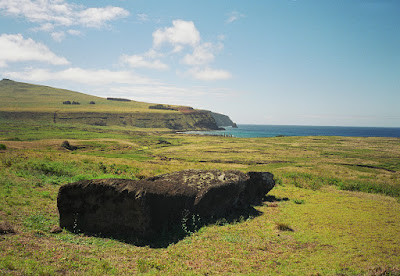28 Sep 2002
Today's post is brought to you by Old Man Luedecke:
https://soundcloud.com/old-man-luedecke/machu-picchu
(I don't think this song is actually about Machu Picchu. TBH, I don't know what he's on about. Maybe it's about Halifax. And it certainly wasn't around in 2002, nor was I into folk music. But I like it now. Speaking of songs, I should do a post about my mix tapes ...)
There is a lot of hype around Machu Picchu, and it totally lived up to it. The place is incredible. Its position is outrageous - perched high on a ridge above the deep valley of the Urubamba River, where the dry western Andes have given way to wetter tropical jungles of the east. The ruins are beautifully restored, hinting at the scale and sophistication of the Incan empire. The fact that they could even build such a settlement in that location speaks volumes.
 |
| Machu Picchu |
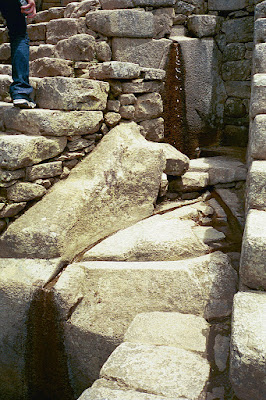 |
| Incan plumbing |
 |
| Llama on smoko |
I had cancelled my booking for the Inca Trail due to altitude sickness. In the event I probably would have been well enough for the trek, but the place was so awe inspiring I couldn't feel hard done by for too long. Instead I caught the train from Cusco (alas, the only railway journey I made on the whole trip). On arrival we were split off into tour groups by language. Of course, the English guide had the biggest following, and though it was fascinating I soon got tired of trying to stay close enough to the guide to hear. Instead I bailed out and climbed Huayna Picchu, a peak which gives a spectacular view of the whole site, along with a very enjoyable steep climb through tropical jungle.
 |
| Me on Huayna Picchu |
 |
| Lizard on Huayna Picchu |
 |
| Into the Andes |
That walk made the day for me, and I think was the turning point for the trip. Before then I was out of my depth, lacking adequate language and confidence, and constantly questioning my purpose. Afterwards I got into the rhythm of travel, loosened up and had a better feel for what I enjoyed - mostly walking in amazing places!
On the train back to Cusco, I sat opposite a gorgeous Mexican girl and we got chatting - her in broken English, me in much worse Spanish. It looked like I'd made a friend (which had thus far been lacking in Cusco) and was looking forward to getting to know her better - but disaster struck! The tour company I had signed up with was picking me up from an earlier train station. I realised too late that they would take me from this lovely lady and all would be lost. When I spied them on the train platform, I decided to ignore them and stay on the train. But when I didn't appear they boarded the train, calling out my name, and I had no choice but to go with them. My new friend was so confused (and I like to think disappointed) when I suddenly abandoned her without much explanation. I have few regrets but that is one of them :D.
















